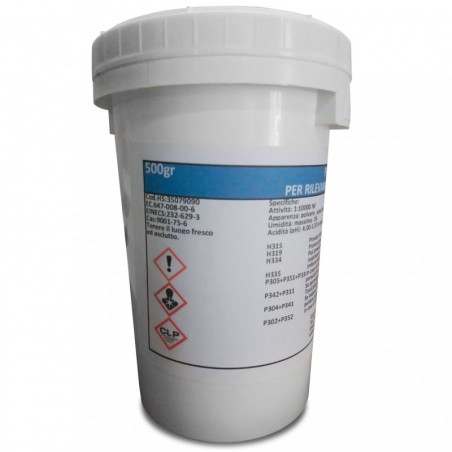The primary objective of this 7-month study was to determine the prevalence of porcine pathogens of the tonsil of the soft palate, principle tonsil of the pig, of swine at slaughter. While tonsils have provided a historical sampling site for detecting normal flora and aided in elucidating clinical disease (1), tonsil sampling should be considered as a monitoring tool for identifying emerging and re-emerging swine pathogens including those with foodborne and zoonotic implications. Additional objectives were to determine if sampling the carcasses of normal or abnormal hogs provided different microbiological profiles and if the slaughter plant provides a feasible sampling frame and environment for detecting and monitoring important pathogens in tonsils that have health implications for both swine and humans.
A total of 395 samples were collected from 264 farms in southern Ontario, Canada, from June to December 2008. Of these, 180 tonsils were collected from normal carcasses and 215 tonsils were collected from carcasses that were diverted to the hold rail. Laboratory testing included bacteriological culture and identification as well as real time-polymerase chain reaction (PCR) testing for porcine reproductive and respiratory syndrome virus (PPRSV) and immunohistochemistry (IHC) for porcine circovirus-2 (PCV-2).

The most commonly isolated bacteria included: Streptococcus suis (53.7%), Arcanobacterium pyogenes (29.9%), Pasteurella multocida (27.3%), and Streptococcus porcinus (19.5%). Virus screening revealed evidence of PRRSV and PCV-2 in 22.0% and 11.9% of the samples, respectively. Salmonella Typhimurium and Yersinia enterocolitica were isolated in 0.5% and 1.8% of the samples, respectively. Tonsils collected from the hold rail were more likely to be positive for Staphylococcus hyicus [odds ratio (OR) = 7.51, confidence interval (CI) = 2.89 to 19.54], Streptococcus porcinus (OR = 9.93, CI = 4.27 to 23.10), and Streptococcus suis (OR = 2.16, CI = 1.45 to 3.24). Tonsils collected from abnormal carcasses were less likely to be positive for Staphylococcus aureus (OR = 0.05, CI = 0.005 to 0.482).
Terri O'Sullivan, Robert Friendship, Tim Blackwell, David Pearl, Beverly McEwen, Susy Carman, Durda Slavic, and Catherine Dewey. Microbiological identification and analysis of swine tonsils collected from carcasses at slaughter. Can J Vet Res. 2011 April; 75(2): 106?111.





